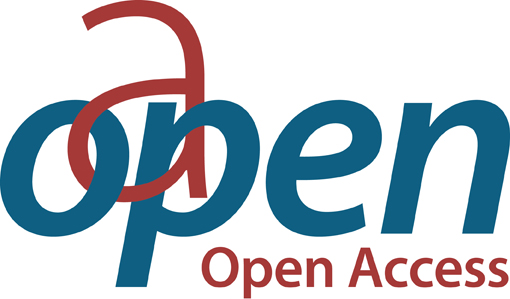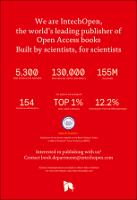Chapter Behavioral Factors Affecting Reproduction in Domestic Horses: Sociobiological Approach
Author(s)
Bartošová, Jitka
Pluháček, Jan
Bartoš, Luděk
Language
EnglishAbstract
Fetal loss is a common phenomenon in domestic horses, being usually highest (up to 40%) of all domestic ungulates. However, in all studies investigating this problem, sociobiological approach, such as conflict between the evolutionary interests of individuals of the two sexes, has been neglected. Here we summarize results of three consecutive studies considering infanticide as a male’s reproductive strategy and a mare’s counter strategies against it. When a mare was either artificially inseminated or removed from her home environment and transported elsewhere for mating and then returned back into her home environment, containing a stallion (and/or gelding) who did not sire her fetus, she got into a potentially infanticidal danger. She more likely disrupted her pregnancy than a mare living in an environment with the sire of her fetus. This was highly affected by the social environment. Lowest percentage of pregnancy disruption can be achieved when the pregnant mare was released into an enclosure shared with the non-sire male whom she can “convince” he is the father of her expected foal by promiscuous mating. The effects of social environment leading to pregnancy block and/or disruption may thus explain substantial part of the high incidence of domestic horse fetal loss.
Keywords
pregnancy disruption, domestic horse, Bruce effectDOI
10.5772/intechopen.76580Publisher
InTechOpenPublisher website
https://www.intechopen.com/Publication date and place
2019Classification
Medical genetics


 Download
Download